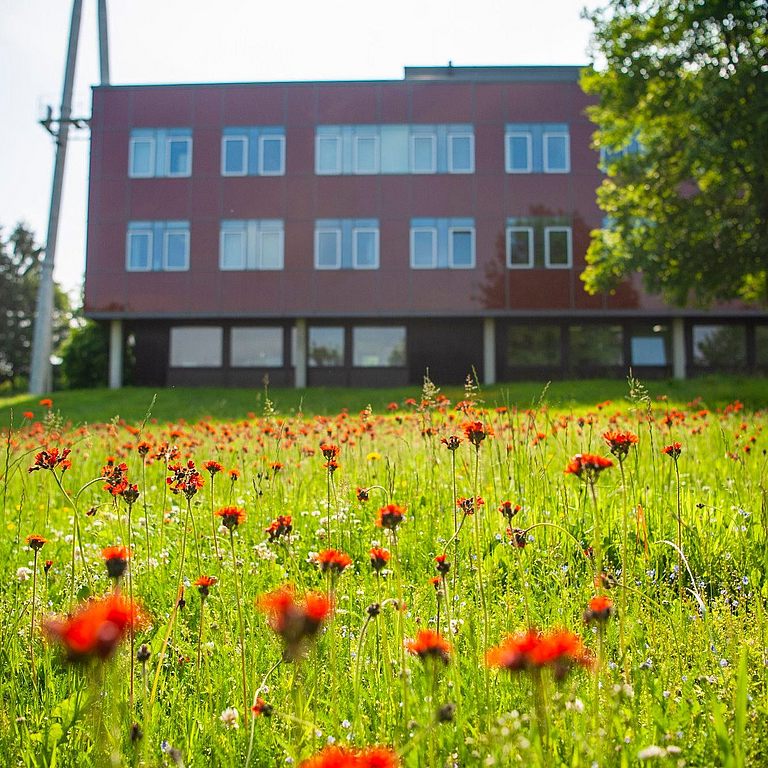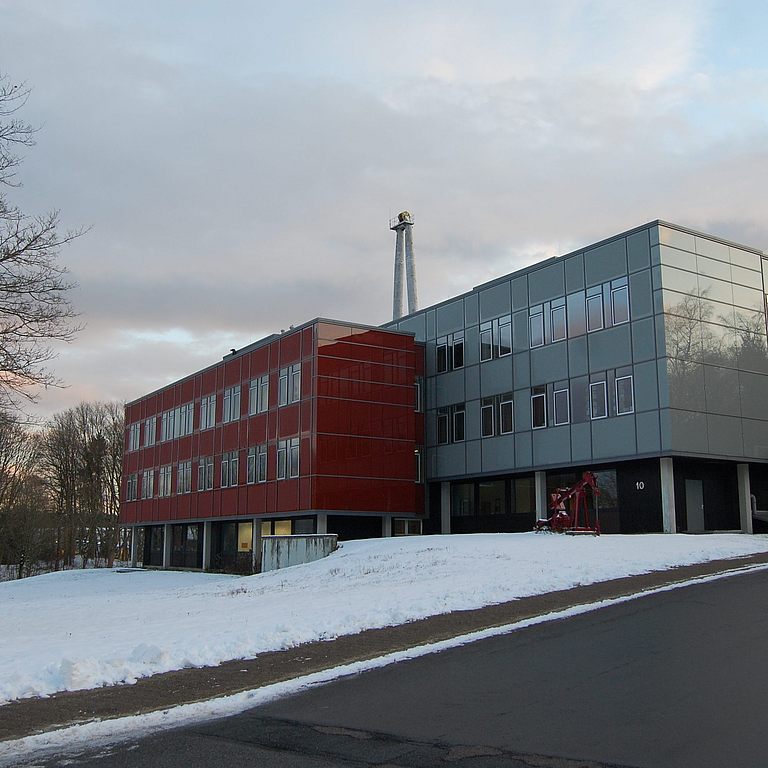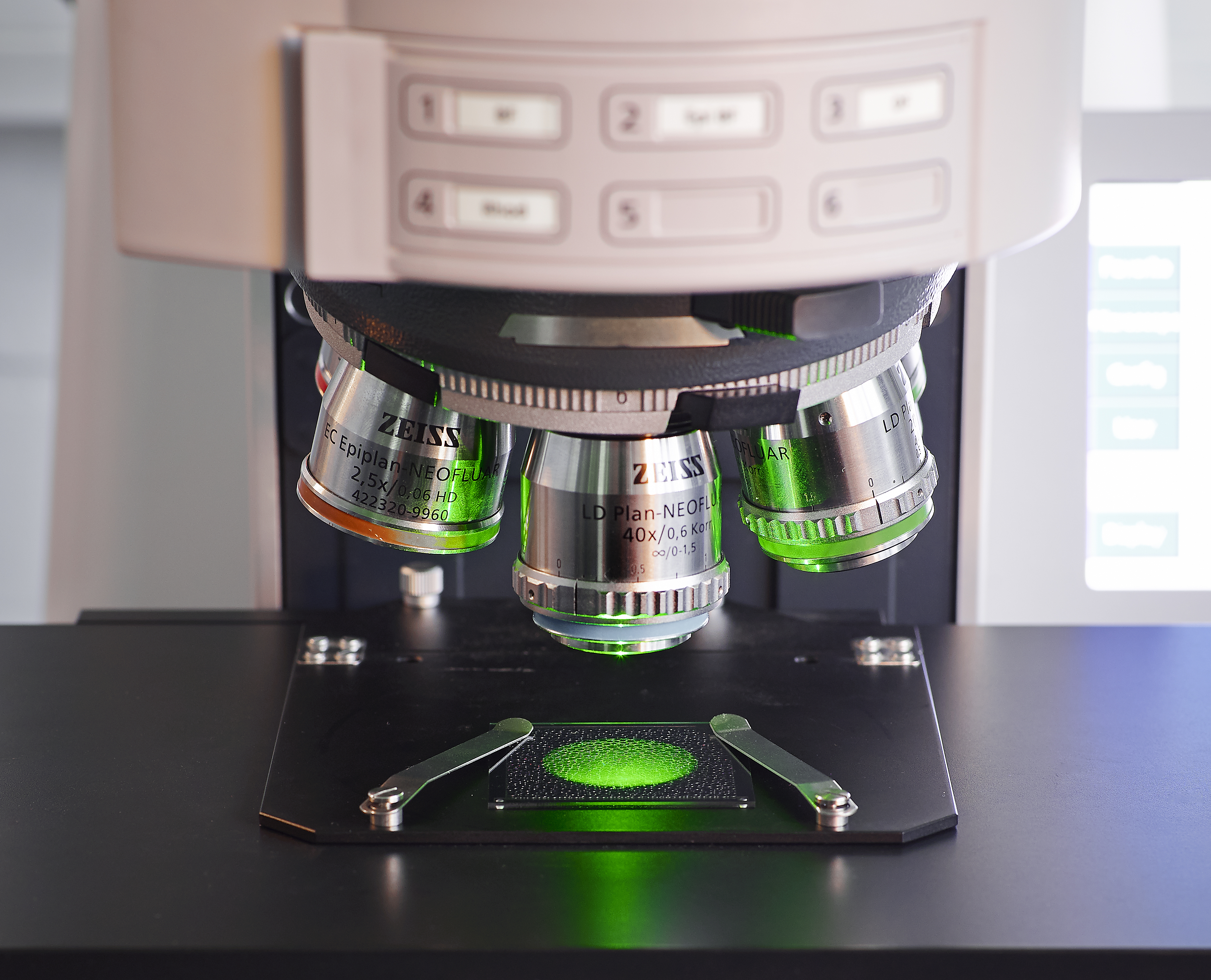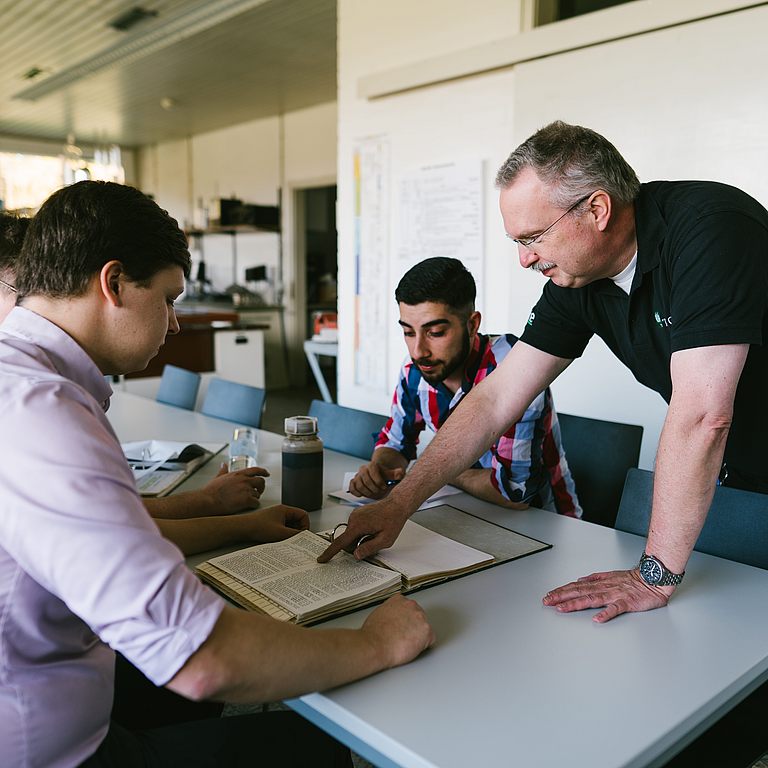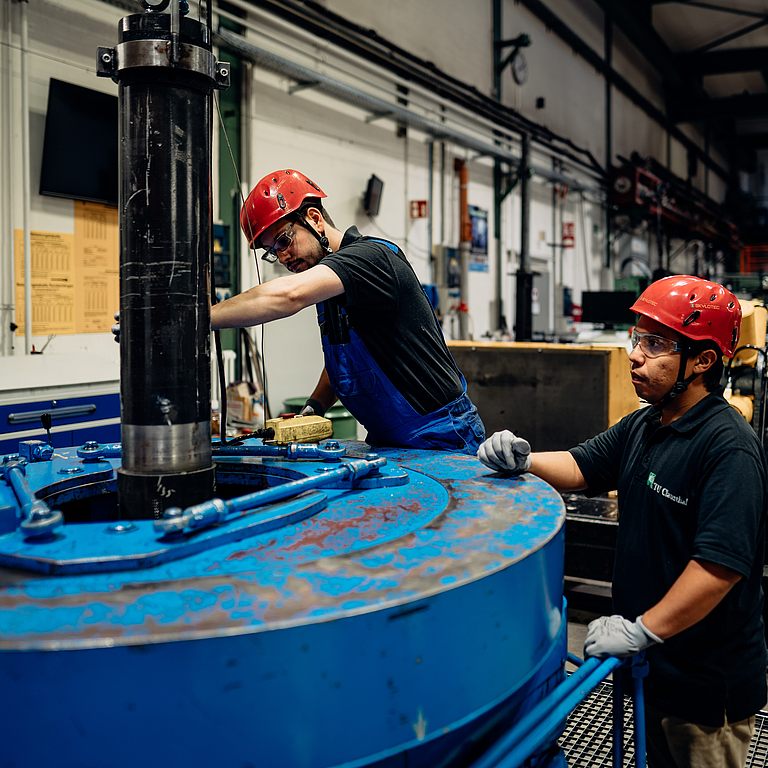Review of Caprock Breakthrough Pressure Measurement Techniques and experimental analysis
Objectives: Greenhouse gas emissions increase globally. CO2 Capture, Utilization, and Storage (CCUS) technology has become an important method to mitigate climate change. CO2 leakage is a major challenge faced by geologic storage of CO2, and the sealing capability of the caprock is an important guarantee for the stability and safety of CO2 geologic storage. When the pressure operates above the initial reservoir pressure of underground gas storage, the integrity of the caprock and the safety of the reservoir are threatened. Therefore, different caprock breakthrough pressure measurement techniques are required to be compared and optimized based on experimental results.
Deliverables of this Work:
1. Investigation on caprock breakthrough pressure and sealing principle
2. Overview on caprock breakthrough pressure experimental methods
3. Laboratory validation of caprock breakthrough pressure experiments of carbonate with SBS method
4. Laboratory results analysis
References:
- Wollenweber, Jens & Alles, Sascha & Busch, Andreas & Krooss, Bernhard & Stanjek, Helge & Littke, Ralf. (2010). Experimental investigation of the CO2 sealing efficiency of caprocks. International Journal of Greenhouse Gas Control. 4. 231-241. 10.1016/j.ijggc.2010.01.003.
- Edlmann, Katriona & Haszeldine, R Stuart & Mcdermott, Christopher. (2013). Experimental investigation into the sealing capability of naturally fractured shale caprocks to supercritical carbon dioxide flow. Environmental Earth Sciences. 70. 10.1007/s12665-013-2407-y.
- Boulin, Pierre & Bretonnier, P. & Vassil, V. & Samouillet, A. & Fleury, Marc & Lombard, J.M.. (2013). Sealing efficiency of caprocks: Experimental investigation of entry pressure measurement methods. Marine and Petroleum Geology. 48. 20–30. 10.1016/j.marpetgeo.2013.07.010.
- Amann, Alexandra & Schloemer, Stefan & Krooss, Bernhard & Littke, Ralf. (2004). Gas breakthrough experiments on pelitic rocks; comparative study with N (sub 2) , CO (sub 2) and CH (sub 4). Geofluids. 4. 61-80.
Additional relevant literature sources are to be included by the student.
Dr.-Ing. Birger Hagemann
Institute of Subsurface Energy Systems Agricolastraße 10 Building C 21, Room 203 38678 Clausthal-Zellerfeld
CONTACT
Telephone: +49 5323 72 2446 Telefax: +49 5323 72 3146 birger.hagemann@tu-clausthal.de
Consultation hours: on appointment
